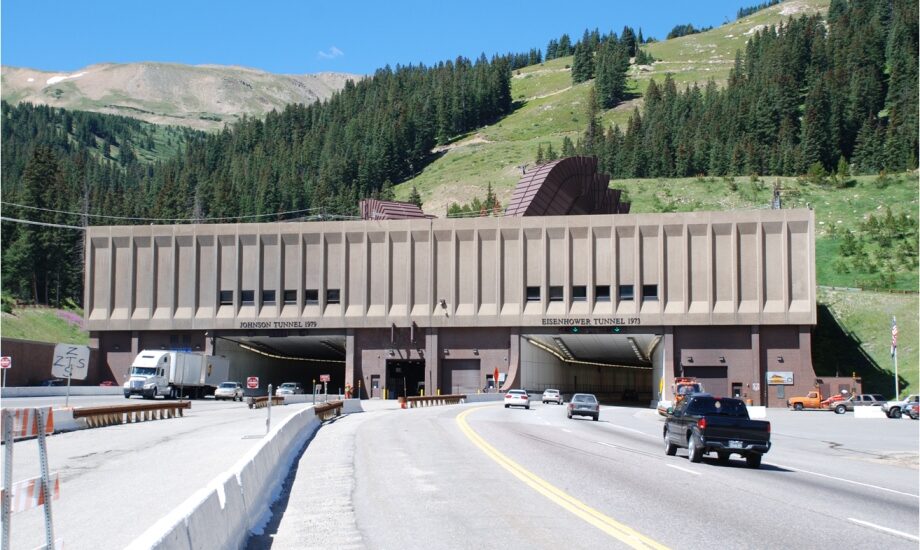Welcome to the Eisenhower Tunnel, a marvel of engineering nestled high in the Rocky Mountains, where its very existence tells a story of ambition, perseverance, and innovation. As you journey through this colossal passageway, imagine the years of planning, the Herculean efforts, and the sheer determination that brought this vision to life.
The Eisenhower Tunnel, officially known as the Eisenhower–Edwin C. Johnson Memorial Tunnel, is a critical transportation link on Interstate 70, connecting the eastern and western slopes of Colorado. Construction of the tunnel began in 1968 after decades of planning and was completed in two phases. The first bore, known as the Eisenhower Bore, opened on March 8, 1973, and was named after President Dwight D. Eisenhower in recognition of his contributions to the development of the Interstate Highway System. The second bore, the Johnson Bore, was named after Edwin C. Johnson, a former Colorado governor and U.S. senator, opening in 1979.
The tunnel stands as a testament to human ingenuity, overcoming the formidable challenges posed by its high-altitude location, at an elevation of over 11,000 feet. At the time of its completion, it was the highest vehicular tunnel in the world and remains one of the longest in the United States. It represents a pivotal achievement in connecting the scattered communities of Colorado and facilitating commerce and travel across the state.
During its construction, workers faced harsh conditions, including extreme cold and the constant threat of avalanches. The project was not without its setbacks and required innovative solutions to issues like water seepage and rockslides. Yet, the determination of the workers and engineers prevailed, carving a path through the mountain that would forever change Colorado’s transportation landscape.
The Eisenhower Tunnel is more than just a passage through the mountains. It is a symbol of connectivity and progress, playing a crucial role in the broader historical context of American infrastructure development. As you pass through, consider the stories of those who toiled here, their efforts echoing through the tunnel walls, leaving a legacy of resilience and determination.
Today, the tunnel continues to be a vital artery for the region, supporting tourism and trade while offering a stunning journey through the heart of the Rockies. Its presence is a reminder of the power of human endeavor to bridge even the most daunting of natural obstacles.



